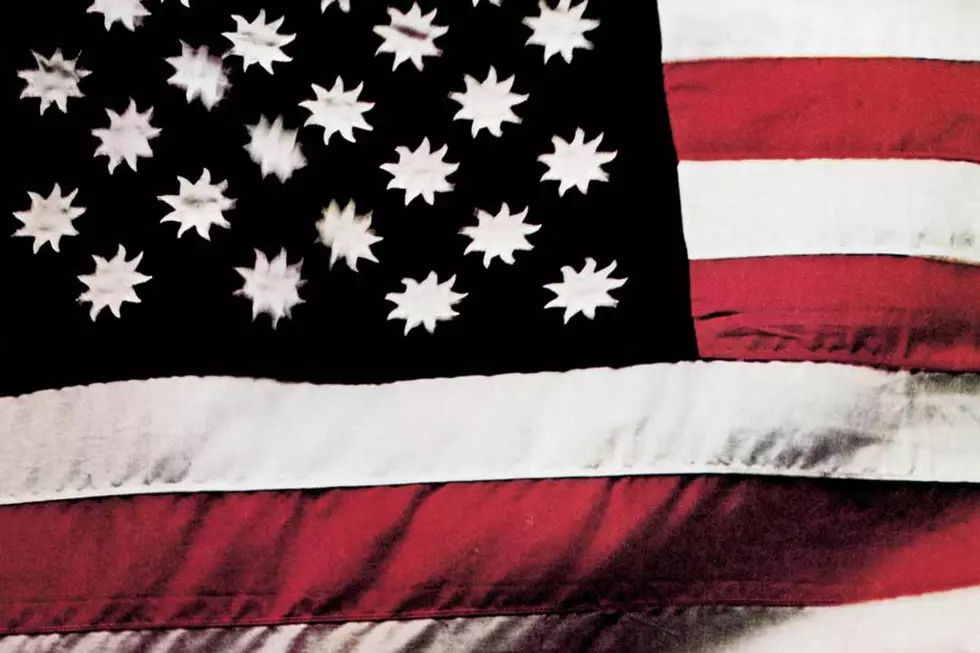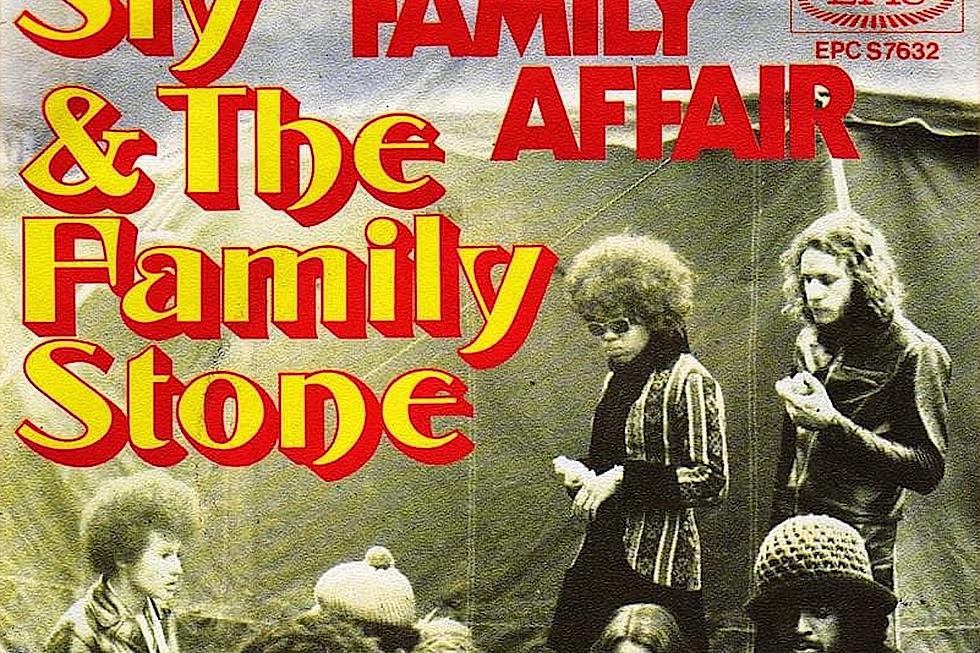
Revisiting Sly and the Family Stone’s ‘There’s a Riot Goin’ On’
If one album summed up the mood of 1971 in 45 minutes, it was Sly & the Family Stone's There's a Riot Goin' On. Dark, druggy and depressing as hell, the fifth album by the San Francisco group led by multi-instrumentalist Sly Stone was the recorded equivalent of a gut punch to a nation already knocked senseless by war overseas and social unrest at home.
Almost exactly a year before There's a Riot Goin' On's release on Nov. 20, 1971, Sly & the Family Stone put out their massively popular Greatest Hits record, which collected singles and deep cuts from 1968 and 1969. The dozen tracks wrapped up the brief history of one of R&B's best crossover bands, chronicling a dizzying couple of years that yielded some of the era's most enduring songs.
But anyone expecting a second sunshine-kissed greatest-hits volume in a few years was most likely sidelined by the despairing tones crawling throughout There's a Riot Goin' On. Originally titled Africa Talks to You, and recorded partly in response to Marvin Gaye's sociopolitical What's Going On (another era-defining album released in 1971), the album was a moody, murky indictment of the United States at the turn of the decade. The cover art, featuring an American flag with suns replacing the familiar stars, says it all: Blood-red stripes offset the remaining black and white.
It wasn't an easy record to listen to then, and it's still tough to get through at times now. But Sly & the Family Stone never made a more significant album. It's their masterpiece, but it's also one of music's most harrowing and desolate works, and one that reflected the turmoil going on within Stone.
After Sly & the Family Stone's rousing Woodstock performance, their leader became unreliable. He missed shows. He missed album deadlines (prompting the release of Greatest Hits). He became more and more paranoid. He moved to Los Angeles. He joined the Black Panthers, who urged him to drop the white members of his multi-racial group. And he started to take more and more drugs, which clouded his mind and, to an extent, his creativity.
Listen Sly and the Family Stone Perform 'Family Affair'
When he was able to get it together, he didn't like what he saw, particularly the end of civil-rights activism and the dark pall cast on the final years of the '60s. So he made an album about it, replacing his band's usual psychedelic pop and funk with a deeper, sleepier version muddled with gut-churning bass rumbles, mumbled lyrics and a sense that there was a violent revolution brewing, but only if its leader didn't nod off first.
Stone worked on the album, mostly by himself, throughout 1970 and 1971. Many of his vocals were recorded in his bedroom, with a drum machine driving the beat. The other members of the group later overdubbed their parts. And Stone himself overdubbed even more on top of that. The result was a mix so thick and muddy that it perfectly suited the album's themes of disillusionment and despair.
From the opening "Luv n' Haight" – one of the few songs here that doesn't sound like a 45 played at 33 1/3 – to the closing "Thank You for Talkin' to Me Africa," a gloomy, seven-minute reworking of Sly & the Family Stone's 1969 No. 1 hit "Thank You (Falettinme Be Mice Elf Agin)," There's a Riot Goin' On plays out like a drug-induced nightmare that's a simultaneous end to the '60s and the start of an equally tumultuous decade. The title track, which closes out Side One, runs 0:00, erasing all time and space from the record.
It's a fitting summation of the album, because nothing else sounded like it at the time. All these years later, it remains one of the most distinctive records ever made. It confused a lot of people then, and it still does. But the success of the single "Family Affair," which hit No. 1, drove the LP to the top of the album chart.
It would be the group's last No. 1, though they did manage to make one more great album, 1973's Fresh, before Stone couldn't keep it together anymore. There's a Riot Goin' On touched just about everyone who heard it. Jazz got darker and funkier, funk got darker and deeper, R&B got weirder and druggier and rock 'n' roll got more adventurous and complicated (the Rolling Stones, for one, were influenced by the murky production enough to bury Exile on Main St. in a similar mix). But pop music rarely got this scary again.




![Sly Stone Checks Into Rehab [VIDEO]](http://townsquare.media/site/143/files/2011/11/Sly-Stone.jpg?w=980&q=75)
